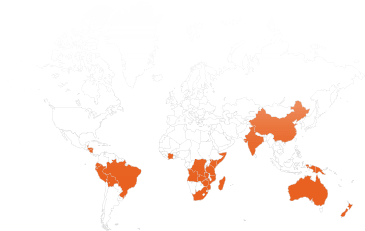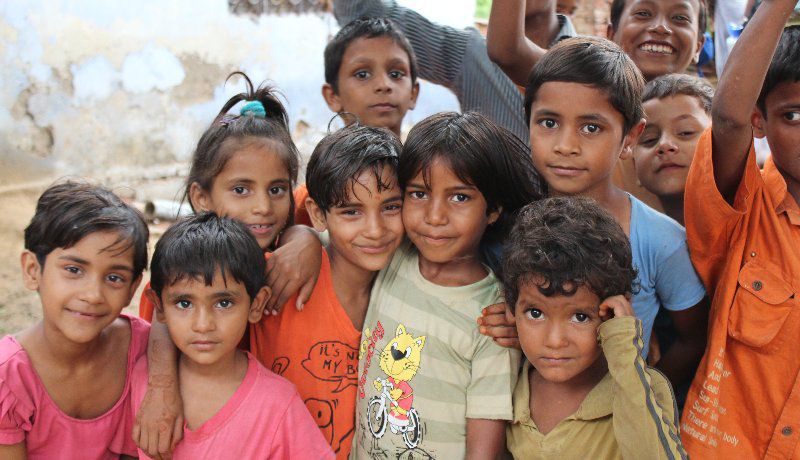I have always been enchanted by the Spanish language. I started studying Spanish my first year of college, and was amazed by the liberation and celebration that I felt every time I spoke. From the start, I was eager to seek out every opportunity I could to speak, and became ravenous for more and more exposure to Spanish-speaking environments. As many opportunities as were afforded by the university where I studied, I wanted to experience an even deeper immersion in the language I was falling in love with, so I decided to take a break from school and travel in Latin America. I didn’t want to study abroad in a university where I might be surrounded by other English-speakers and tempted to stay in my linguistic comfort zone. After a significant amount of research, I found an organization in Mexico. I contacted them to see if they needed volunteers, and was surprised but delighted when they responded to my English email in Spanish. They said they would be happy to have me here, and that I should definitely get ready to do everything in Spanish!
A few months later, I arrived in Mexico City with the address of the volunteer house, where I’d be living, written down on a notepad. I got into the taxi and was barely able to communicate with the cab driver and showed him the address of where I needed to go. I was sleep-deprived, daunted by the realization that I was entirely alone in Mexico, and overwhelmed by suddenly being surrounded by only Spanish. I got to the volunteer home, met my supervisor, got a rapid-fire overview of what my first day would look like, and then went promptly to bed.
My first day at the center was a blur. I understood about 30% of what was said, but mastered the ‘nod-and-smile’ that was a critical element of my ‘fake-it-’til-you-make-it’ plan. I was able to grasp the basic gist of everything; the history and mission of the center, the tasks I would be responsible for, how to get from the volunteer house to the center. Although it was frustrating at first to not understanding everything, I knew that with time, patience, and sustained effort, things would become easier.
Working with children was perfect for the level of Spanish I had. I never felt judged by them, and the simplicity of our conversations helped me build confidence. Little by little, speaking with children allowed me to begin to gain a sense of competence and fluency that then bolstered my ability to speak with adults and have more complex conversations. In addition to childcare work, I was involved in a literacy project where we read picture books with mothers and their children. This became one of my favorite parts of my volunteer role; it was perfect for my reading level, and helped me learn vocabulary, practice pronunciation, and learn idiomatic expressions. And the more often I read with the children and mothers, the more invested I became in getting to know them, and as my Spanish improved, I was able to do so more effectively and meaningfully. My work at the center simultaneously helped me learn Spanish, and my Spanish-learning helped my work at the center.
The first few weeks continued to be difficult, but things turned around as soon as I made friends. I met another American volunteer who had worked at the center a year earlier. She had come back to visit for a week, and she invited me out to meet some of her friends from the city. That was how I met the people who would become my family for the next four months. The first day I met the boys who would become my best friends, they greeted me in English but I told them I wanted to learn real Mexican Spanish, and that I wanted to leave speaking like one of them. They laughed but held me to it, and immediately began throwing jargon and indecipherable expressions my way, which confused but thrilled me. I really felt like I was beginning to learn and internalize the language deeper than I could with a text-book and an hour-long course. I was learning through experience, learning the names of fruits by going to the market, learning history and important figures by visiting museums and seeing historical landmarks, learning expressions by listening to my friends joke with one another.
In a few months time, I was thinking in Spanish, writing in Spanish, dreaming and building real relationships, all in Spanish. My connections with the children at the center were strengthened immeasurably by my ability to communicate with them in their language. My connection to Mexico grew in ways I never could have anticipated; I found community, connection and an entirely new side of myself, all because I learned the language that allowed me to fully experience the country in its vibrant immediacy.
Written by Tana, Placement Advisor at Kaya Responsible Travel


Recent comments